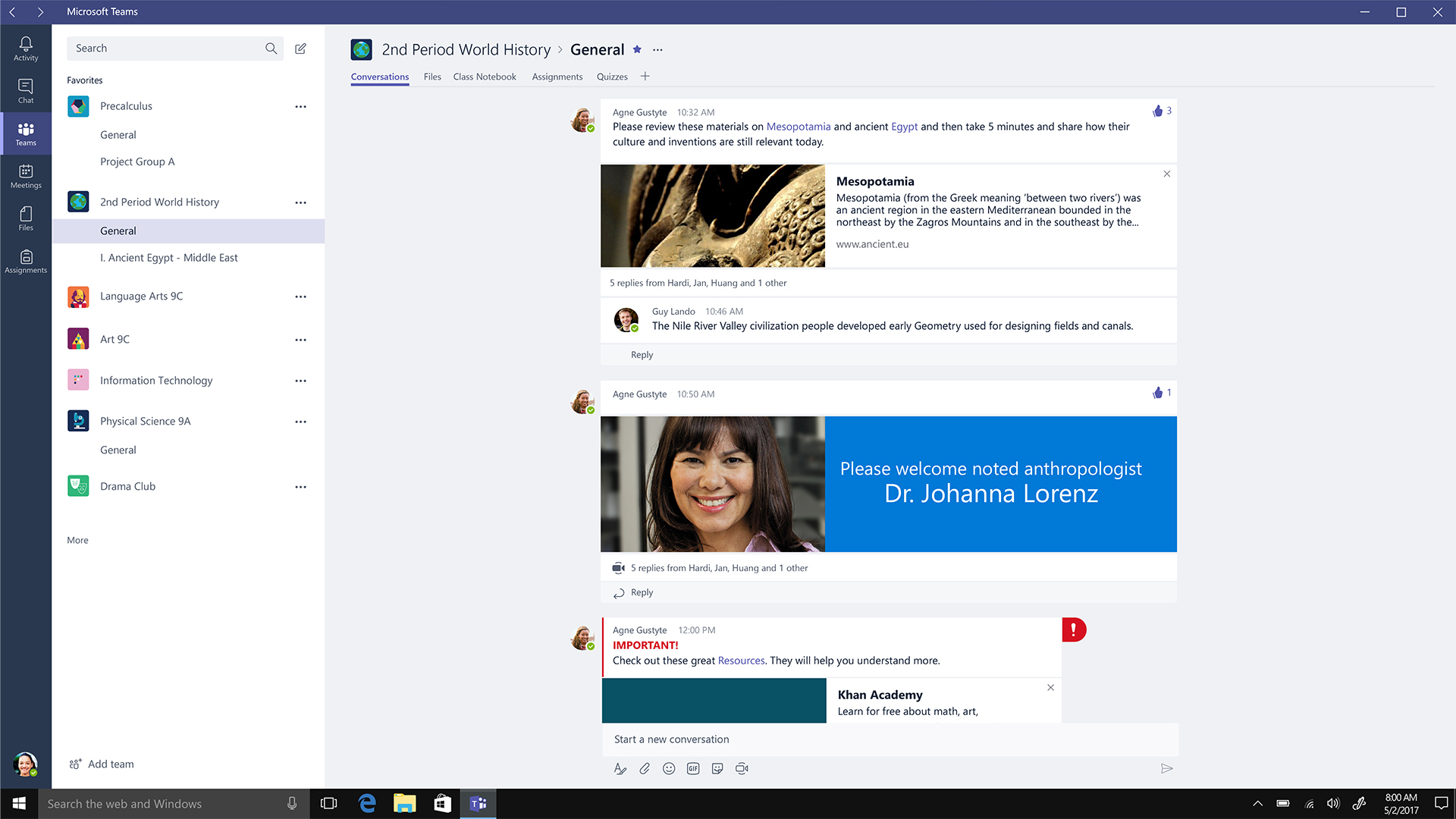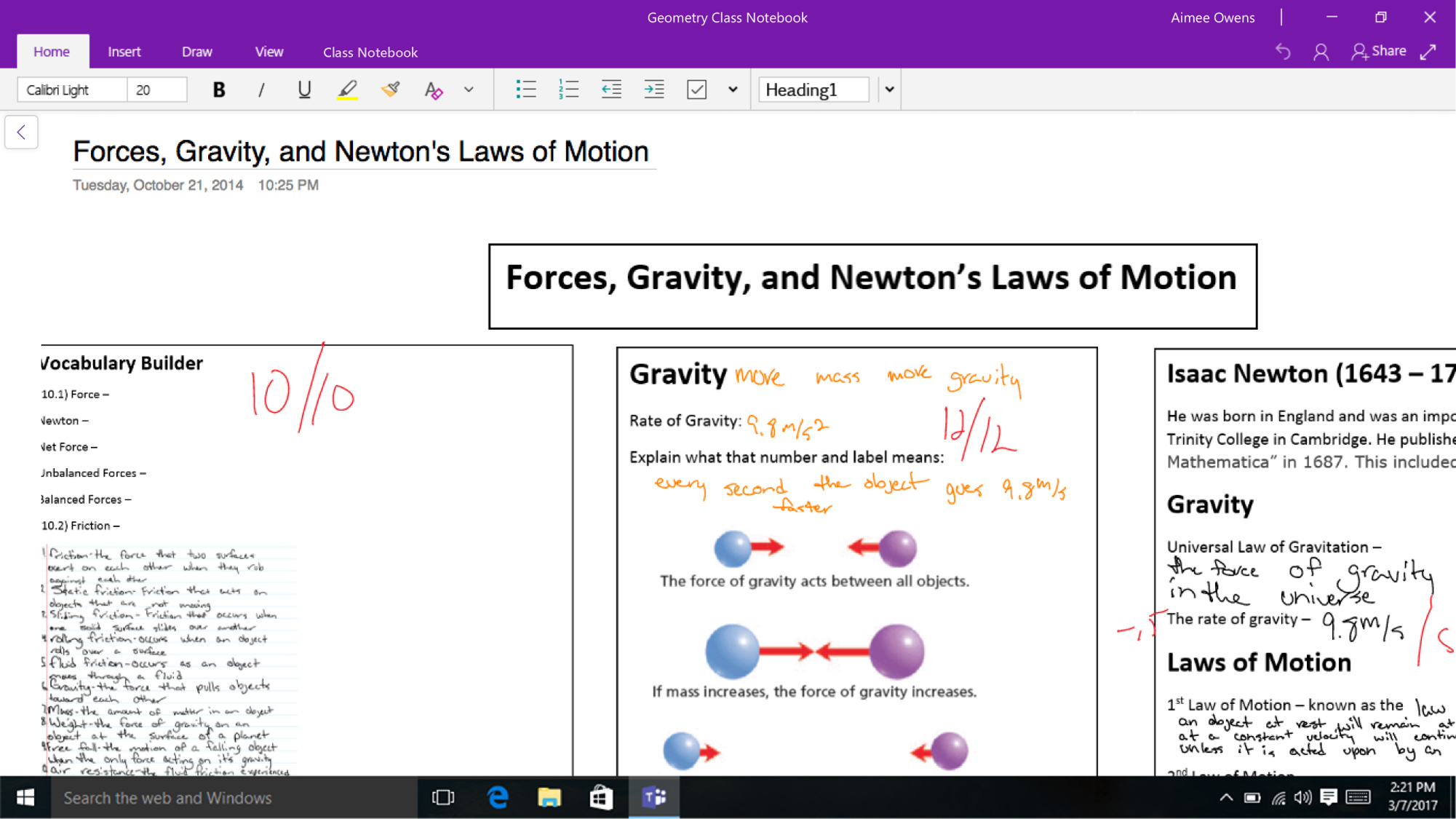Windows 10 S release date, news and features
Windows 10 S Mode was first unveiled as a standalone operating system by Microsoft back in May 2017. Ever since then, the thin client version of Windows 10 has been met with mixed reception. This is mostly due to the restrictions it places on anyone trying to install any programs not found on the Windows Store.
Rather than allowing you to download and install whatever you feel like, Windows 10 S Mode will only permit apps from the Microsoft Store to be installed. Now, obviously, most traditional PC users and enthusiasts won’t like these limitations – but it makes a ton of sense for the right device and user – like the Microsoft Surface Go that was made for designed students. That’s not to mention all the security benefits that Windows 10 S brings to the table.
Luckily, the Windows 10 October 2018 Update has launched, and now Windows 10 S Mode has access to pretty much all the features it has to offer. Along with a handy new ‘Your Phone’ app, which lets you sync your smartphone and PC, but you’re also getting a cloud clipboard, which massively boosts productivity for anyone with more than one Windows 10 device.
For more information on everything that Windows 10 S is capable of, keep this page bookmarked, as we’ll update it with any new information that comes our way.
Cut to the chase
- What is it? Windows 10 without x86 and x64 apps
- When is it out? Available now
- What will it cost? Free to all schools using Windows 10 Pro

Windows 10 S release date
Windows 10 S first launched on May 2, 2017, with devices using the OS trickling out over the following months. And, now, Windows 10 S is bigger than ever, a fact that we expect Microsoft to celebrate with new Surface devices at Tuesday’s press event – these lower-spec Windows 10 devices are more versatile than ever before.2
Microsoft has plans to allow users to switch out of S Mode through a simple UI switch, but that’s not quite ready yet. If you’re looking for a quick and easy way out of S Mode, just head to the Windows Store on your device and search for ‘switch out of S Mode’. As for when the switch will get implemented, no one knows, but Microsoft may sneak it in at a later date – we don’t think it’ll be in the October 2018 Update, though.
Now, as for the reveal of Windows 10 S itself – Microsoft’s event invitation was titled ‘#MicrosoftEDU’, making no misgivings about its aims with the new OS. While Windows 10 S is not for individual sale, it is issued to IT administrators in education as well as laptops found in stores and online.
It’s no coincidence that Windows 10 S is focused on the education sector, where Google’s Chromebooks are experiencing outlandish success.

Windows 10 S price
Windows 10 S doesn’t cost a dime. Well, not to schools sporting Windows 10 Pro already, that is. The cost of the OS is, more than likely, being subsidized by hardware makers in its pricing albeit for far less than Windows 10 proper, if not for free.
In short, you won’t be paying for Windows 10 S so as much as you’ll pay for the hardware running it (with, again, whatever Microsoft’s charging its partners, if anything, to license the software baked in that price somehow, too).
Save for the new Surface Laptop, laptops running Windows 10 S start at $189 (about £146, AU$251) and cap out at around $299 (about £239, AU$396). PC makers across the board, including Dell, HP, Asus, Acer and Lenovo, have all launched Windows 10 S-powered notebooks at this time.
Premium category laptops were said to be joining the Windows 10 S family as well, but aside from Microsoft’s own Surface Laptop, they’ve been few and far between up to this point – save for Qualcomm Snapdragon 835 laptops, like the Asus NovaGo and HP Envy x2.
Now that Microsoft is aiming to make Windows 10 S Mode a thing within Windows 10 proper, though, we could start seeing additional software costs – but we haven’t seen much evidence of this happening yet. We’ll know when the switch goes live in 2019.
Though Windows 10 Home users will be exempt from this fee, Pro users will allegedly have to shell out $49 to exit Windows 10 S Mode. That said, now that Windows 10 S Mode is live, we haven’t actually seen Microsoft actually charging to exit out of it. Just note that right now it’s only one-way. You’ll have to reinstall the OS to go back to S Mode.

What is Windows 10 S?
Microsoft intends Windows 10 S to serve as a lightweight, more secure version fo Windows 10 for lower-end devices. While in “S Mode,” Windows 10 will only support apps that are downloaded from the Windows Store.
This talk of a version of Windows that can only download Microsoft-approved apps is familiar, isn’t it? Microsoft believes it has mastered this approach since the turbulent days of Windows 8 RT and Windows 8 with Bing – both of which tried to position Microsoft as the sole provider of apps through curation.
The good news is that this allows for a startup time of under 5 seconds as opposed to the 30 - 40 second startup time of Windows 10 Pro. Not only that, but configuring settings (such as Wi-Fi, webcam, etc.) across an entire classroom of students is as easy as inserting a USB stick in each of their laptops.
Being in competition with Google’s Chrome OS, Microsoft has, of course, also positioned Windows 10 S as a more secure PC operating system. However, its resilience to viruses is mostly a side-effect of the inability to install apps not approved by Microsoft. Historically, Windows viruses have tended to erupt from untrustworthy internet downloads.
Should you find a must-have app that isn't available in the Microsoft Store in Windows 10 S you can switch from Windows 10 S to Windows 10 Home or Pro by just going to the Windows Store and searching for “switch out of S Mode”. Microsoft used to charge a fee for this service, but now it’s free for everyone.
More recently, Microsoft has also made it possible for Windows 10 Pro Upgraders to move back down to Windows 10 S – and soon it will work the other way around, as well. And, now that Microsoft is apparently working on Windows 10 Lean Mode, which will be even more lightweight and locked down you won’t need to worry about the version of Windows 10 you install on that shiny new Surface Laptop, because you’ll be able to move back and forth whatever you decide.
That said, what can you expect to see included in devices running Windows 10 S? Well, the Edge browser, OneNote and Windows Ink are all givens. The standard Movies and Groove Music apps, as well as Maps and Mail and Calendar are shoo-ins, too.
Of course, we won’t see x86/x64 program support on a Windows 10 cloud operating system until 2019 when the aforementioned Polaris is expected to touch down and implement a ‘virtualization container’ for each of your favorite legacy applications. That means that, yes, should everything work out perfectly, there will be a Windows 10 cloud OS that can emulate the .exe’s of the past.
Despite its constraints, Windows 10 S still features File Explorer, and although many of the laptops that come with the lightweight OS pre-installed may ship with smaller capacity SSDs, Microsoft’s forthcoming introduction of OneDrive Files On-Demand will make it so files can be stored in the cloud, but still viewed the same way as locally stored content.
All things considered, there are still questions looming around in regard to the viability of Windows 10 S. Fortunately, as new developments emerge to (hopefully) address those criticisms, you can count on us to cover them right here on this page.
Bill Thomas and Gabe Carey have also contributed to this article
Contributer : Techradar - All the latest technology news https://ift.tt/2p1BgbS

 Reviewed by mimisabreena
on
Saturday, October 13, 2018
Rating:
Reviewed by mimisabreena
on
Saturday, October 13, 2018
Rating:














No comments:
Post a Comment